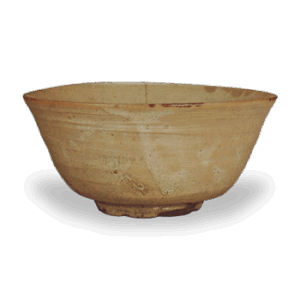A molding method in which plaster is cast into a plaster mold. In Japan, in 1873, Noutomi Keijiro, Kawahara Chujiro, and others learned this method in Europe and taught it to other potters, but they did not seem to have mastered its useful characteristics. It spread widely. In this method, plaster is poured into the mold, and after a certain period of time, when the thickness of the plaster in contact with the mold is appropriate, the mold is turned upside down and the excess plaster is poured out, and when the plaster adhering to the mold hardens and there is a gap between the mold and the plaster, the mold is removed. In the former method, only the water is absorbed by the plaster mold without pouring out the excess plaster to harden the base material, and then the mold is removed. The former is called mud casting and the latter is called solid casting. Mud casting is used for molding polygonal vessels, extremely thin tableware, statues, etc., which cannot be done on the potter’s wheel. Mud plaster used for casting and molding requires as little water as possible, and to make it flow more easily, fresh glue such as water glass or sodium carbonate is used. Narrow-mouthed objects such as earthenware bottles and sake cups, or objects with uneven outer surfaces, cannot be removed from the mold even though they can be cast in a single mold. For such items, a split mold with one bottom and two or three bodies is assembled and fastened with a band, then removed after casting to remove the item. For more complex pieces such as statues, the head, body, hands, and feet are cast separately in dozens of split molds, and the parts are later joined together with thick plaster to form the complete piece. (Ceramics for Crafts)








